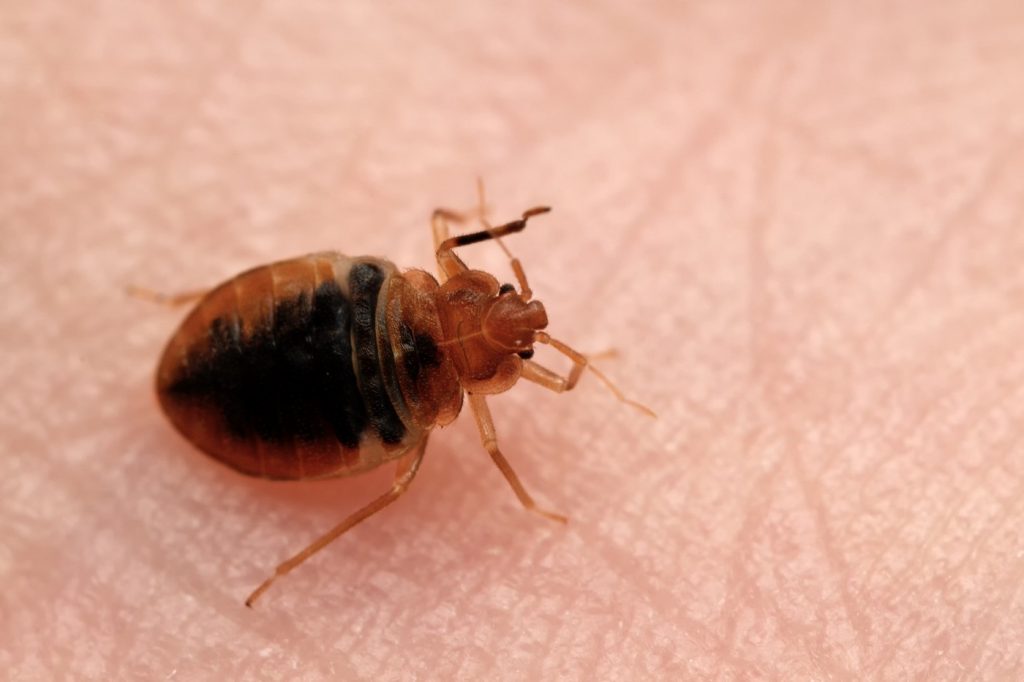As someone who’s dealt with a bed bug infestation before, I know how difficult it can be to get rid of them and make sure they don’t come back. The most important question in this process is “how to know if bed bugs are gone?” To help you figure this out, I’m going to give you some tips for ensuring a bug-free sleep.
What are Bed Bugs?
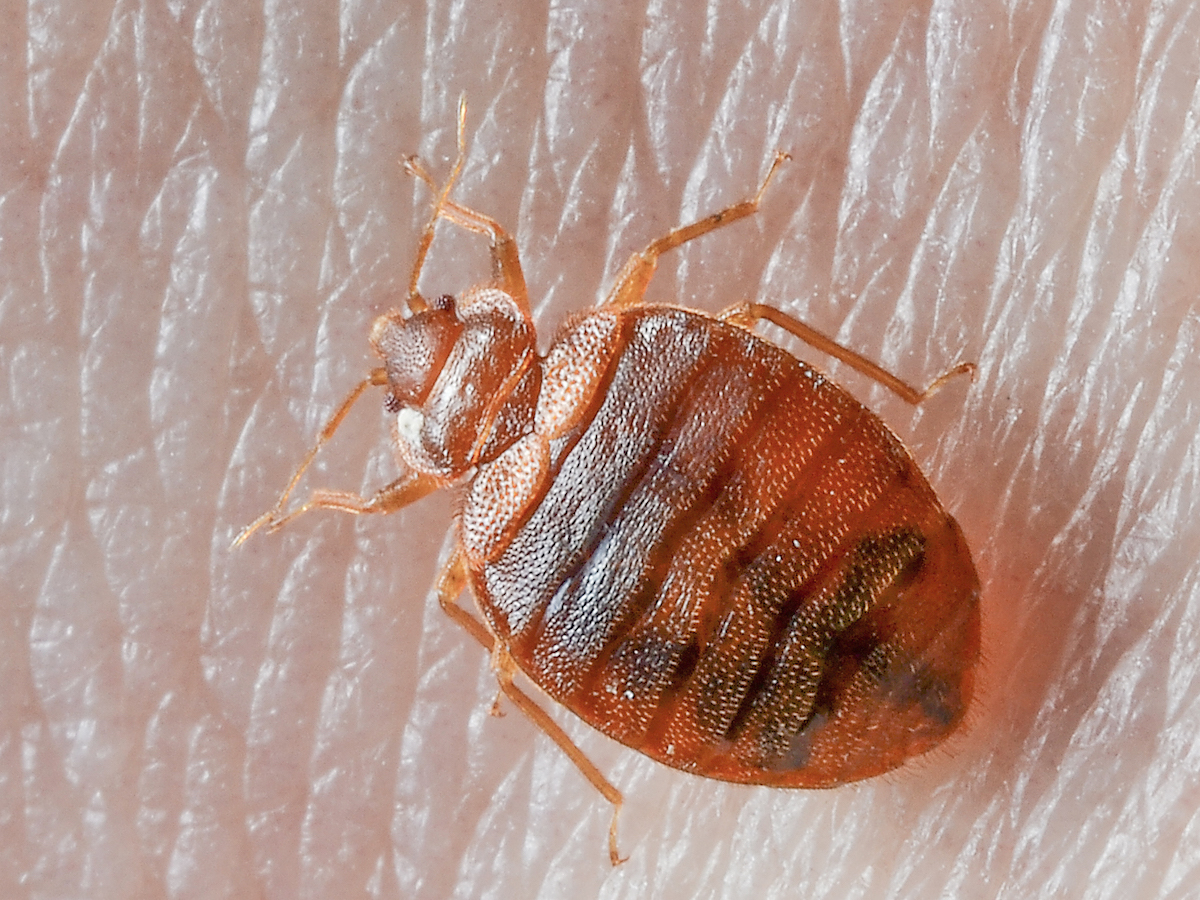
Bed bugs are small, oval-shaped insects that can cause a nuisance in the home. They are reddish-brown in color, about the size of an apple seed, and feed on human blood. Bed bugs can be found in mattresses, bed frames, furniture, carpets, and other items in the home. They are commonly found in hotels and other places where people sleep. They can also spread quickly from one place to another, especially through clothing, luggage, and other items that come in contact with an infested area. Bed bugs can survive for long periods without feeding, and can remain hidden in cracks and crevices for long periods of time.
Signs of Bed Bug Infestation
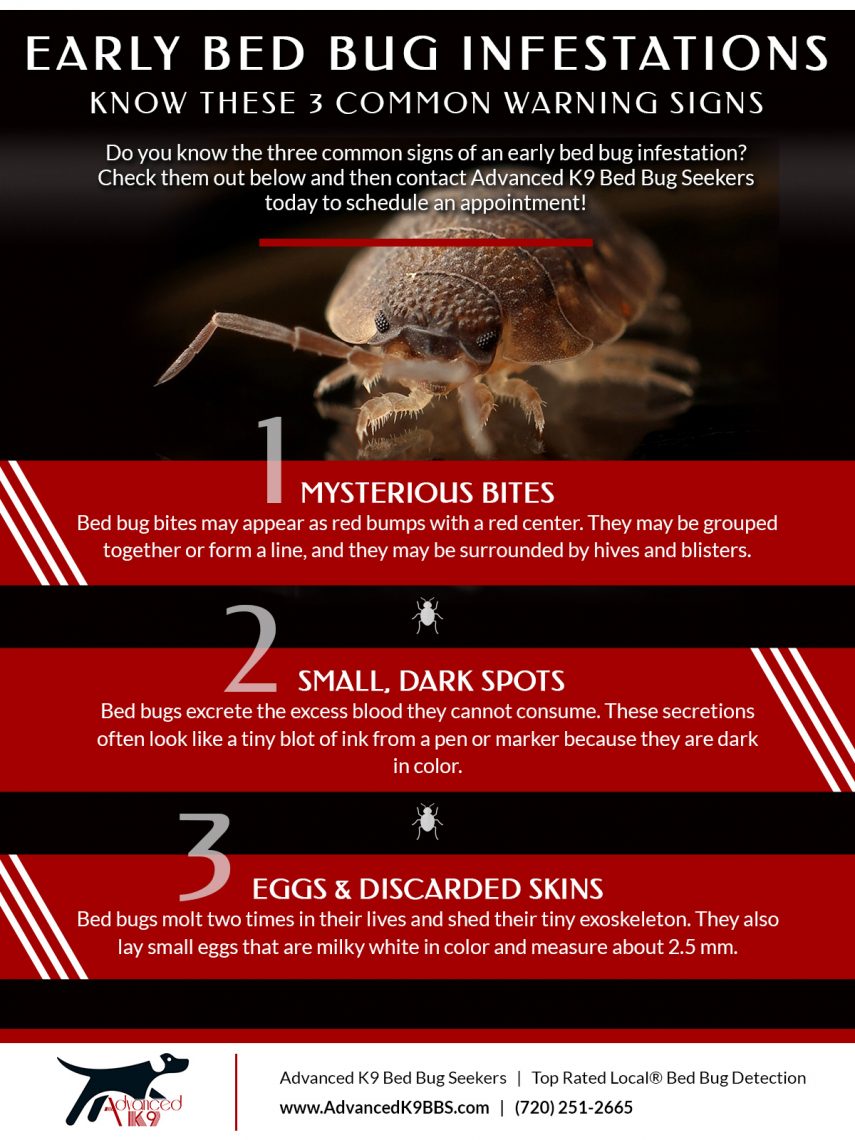
- Small brownish or reddish bugs often found on bedding, mattresses, and box springs.
- Dark spots or streaks on bedding and mattresses, caused by bed bug excrement.
- A sweet, musty odor which is caused by the bed bug’s scent glands.
- Small, red, and itchy bites on your skin.
- Blood stains on your sheets or pillowcases.
- Eggs, eggshells, or molted skins in the mattress creases or seams.
If you see any of the above signs, it is likely that you have a bed bug infestation. It is important to act quickly and take the appropriate steps to eliminate the infestation.
Common Hiding Places for Bed Bugs
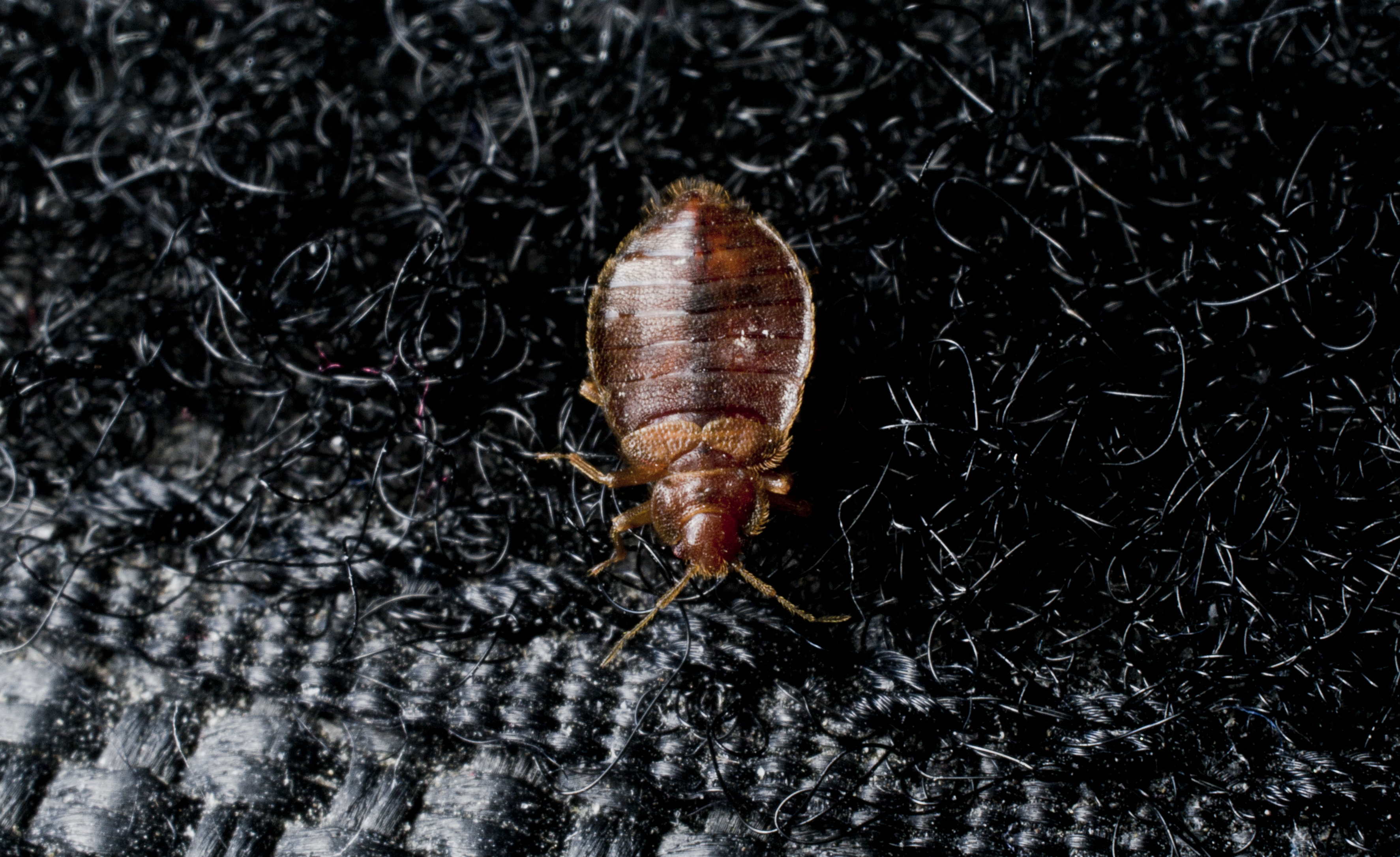
Bed bugs need nooks and crannies to hide in many times during their life cycle. They can be hard to spot and can hide in a variety of places. Common hiding places for bed bugs include:
| Location | Description |
|---|---|
| Mattresses | Bed bugs will often hide in the seams, tufts, and folds of mattresses. |
| Box Springs | Bed bugs can hide in the crevices and seams of box springs. |
| Bed Frames and Headboards | Bed bugs can hide in the cracks and crevices of wooden bed frames and headboards. |
| Carpets | Bed bugs can hide in the pile of carpets, particularly around edges. |
| Electrical Outlets and Wall Switches | Bed bugs can hide behind electrical outlets and wall switches. |
| Baseboards and Trim | Bed bugs can hide in the cracks and crevices of baseboards and trim. |
| Furniture | Bed bugs may hide in furniture, particularly upholstered items. |
| Clothing | Bed bugs may hide in clothing, particularly folded items such as towels and linens. |
When inspecting for bed bugs, it’s important to keep an eye out for these hiding places. Check any places where bed bugs may be able to hide, such as mattresses, box springs, bed frames, and furniture. Pay particular attention to seams, tufts, folds, and cracks in these items. Also check carpets, electrical outlets, baseboards, trim, and clothing for signs of bed bugs.
Treating Infestations
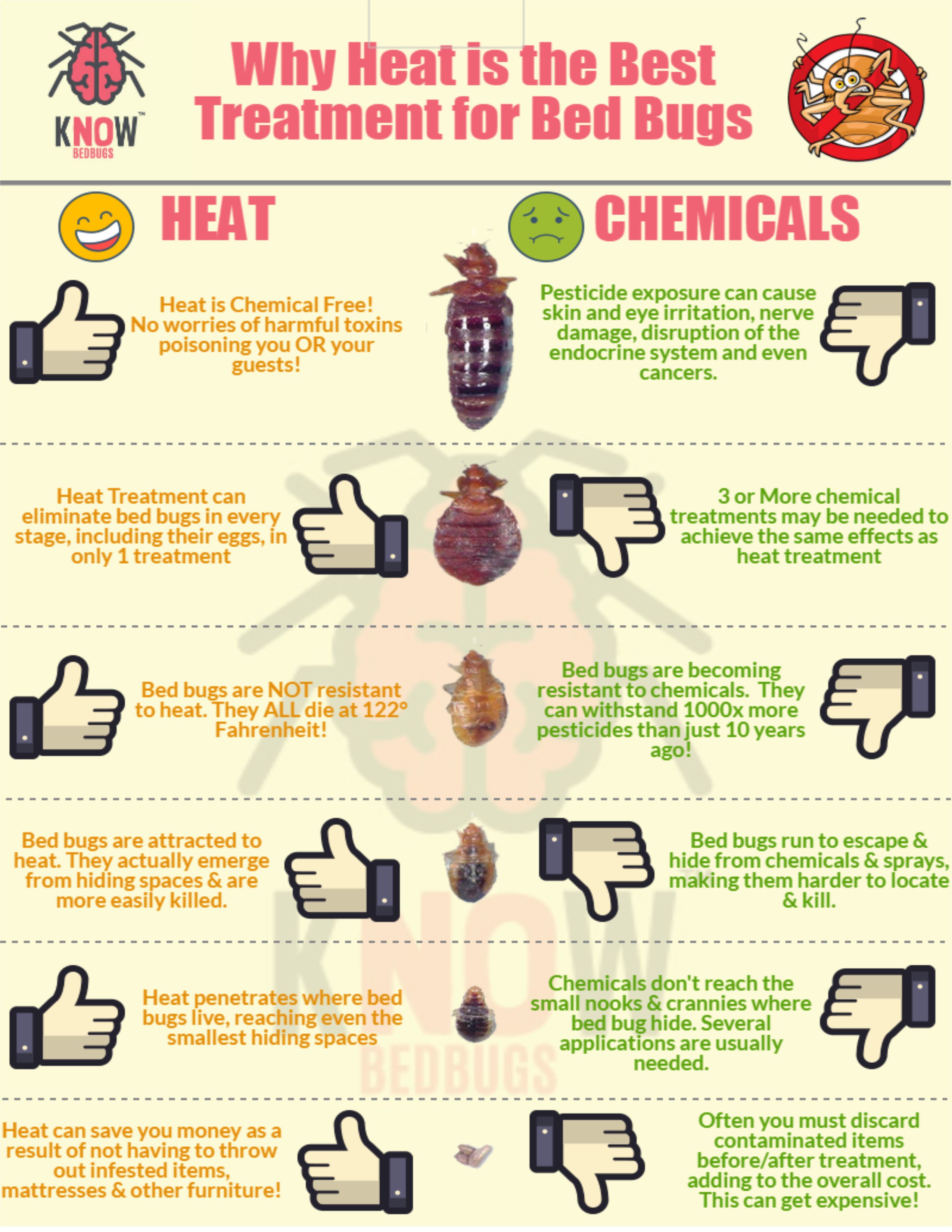
The best way to make sure bed bugs are gone is by treating infestations. This involves a few steps: first, identify their hiding places and then vacuum up any visible bugs. Second, use a pesticide to spray the area, making sure to use an insecticide that specifically targets bed bugs. Finally, use a mattress encasement to make sure the bugs can’t hide inside the mattress. If the infestation is particularly bad, you may need to call in a professional exterminator. Once the infestation is gone, keep an eye out for signs of new bugs and take the same steps if they appear.
Prevention

- Vacuum regularly and dispose of the vacuum bag correctly
- Regularly wash bedding and other fabrics, such as curtains, in hot water and dry on high heat
- Reduce clutter around the bed and in other areas of the house
- Eliminate any areas of standing water
- Repair any cracks in walls, floors, and furniture
- Identify and fix any drainage issues
- Use a mattress encasement, or box spring encasement, to keep bedbugs from entering your mattress or box spring
- Regularly inspect all furniture, particularly secondhand furniture, for bedbugs
- Inspect luggage and other items that may have been exposed to bedbugs
Professional Pest Control Services
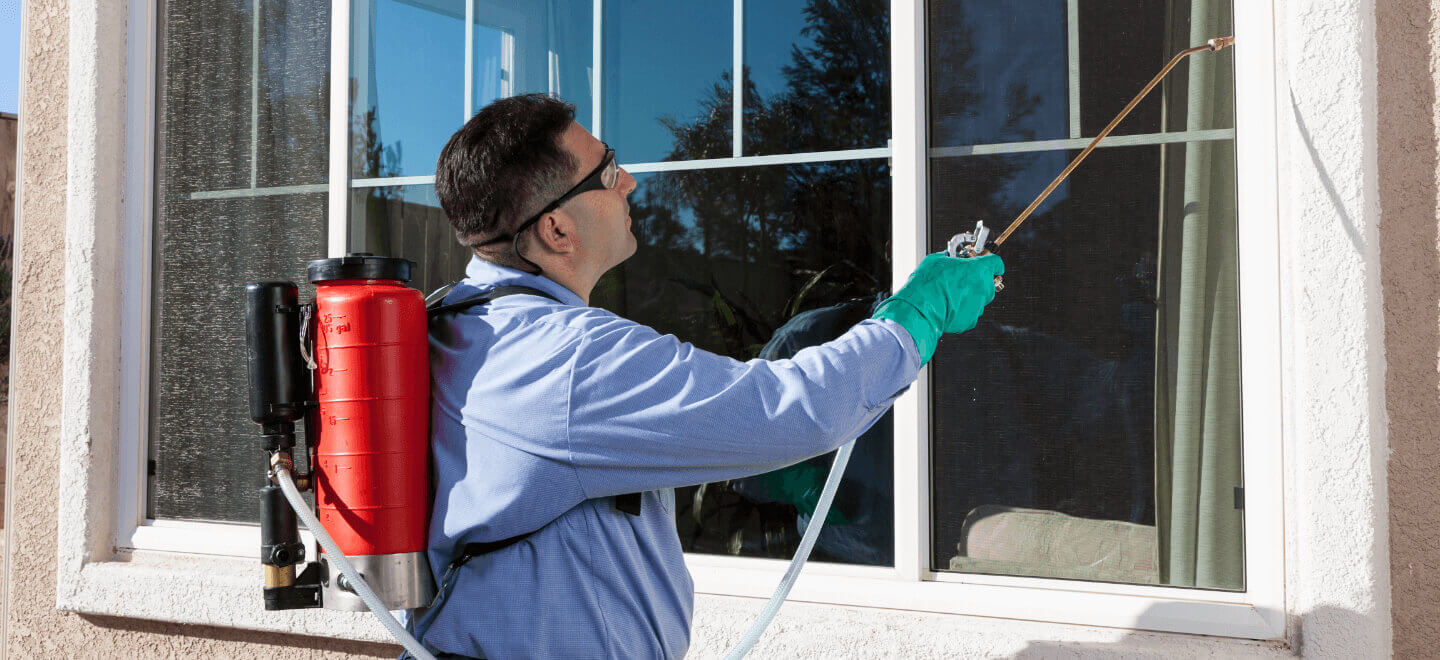
I’ve tried DIY methods to get rid of bed bugs, but the infestation persists. That’s when I realized I needed professional help. Professional pest control companies are equipped with the right tools and knowledge to identify and eliminate bed bugs effectively. They use proven methods such as chemical sprays, heat treatments and insecticides to eradicate the bed bugs.
The most reliable pest control companies will visit your home to inspect the infested area, identify the type of bed bug, and recommend the best treatment plan to get rid of them. They’ll also be able to provide advice on how to prevent further infestations. After treatment, professional pest control services will provide follow-up visits to make sure the bed bugs are gone.
The cost of professional pest control services will depend on the size and severity of the infestation, as well as the type of treatment used. But it’s worth the investment to ensure that the bed bugs are gone for good.
DIY Solutions
If you don’t want to call an exterminator, there are a few DIY solutions you can try.
| Solution | Description |
|---|---|
| Inspect Your Bed | Check your bed for physical evidence of bed bugs, such as the bugs themselves, shedding exoskeletons, or dark spots from their droppings. |
| Vacuum Regularly | Vacuuming your mattress, box spring, and upholstery regularly can help reduce the population of bed bugs. |
| Wash and Dry All Fabrics | Wash all bedding, curtains, and other fabric items in hot water and dry them on the highest heat setting. |
| Use a Steamer | Using a steamer is a great way to get rid of bed bugs without using harmful chemicals. Steam the seams of your mattress and upholstered furniture to kill the bugs and their eggs. |
| Use Essential Oils | Essential oils such as lavender, tea tree, and eucalyptus can help repel bed bugs. Add a few drops of essential oil to a spray bottle of water and spray the affected areas. |
These DIY solutions can help reduce the population of bed bugs and make them easier to find. However, if the infestation is severe, you may need to call a professional exterminator for help.
How to Know if Bed Bugs are Gone
The best way to know if bed bugs have been completely removed from your home is to inspect the affected areas and search for signs of bed bugs. If the signs of bed bugs are gone, it is likely that the bed bugs are also gone.
Inspect for Bed Bug Signs
Inspecting for signs of bed bugs is essential to know if they are gone. The most common signs of bed bugs are:
| Signs | Description |
|---|---|
| Bite marks | Bed bug bites leave behind itchy red welts on the skin. |
| Blood stains | Blood stains on bedding, furniture, and walls may be a sign of bed bugs. |
| Fecal spots | Fecal spots are small black or dark brown spots that may be found on mattresses, box springs, furniture, and walls. |
| Shed skins | Bed bugs shed their skin throughout their life cycle. Shed skins may be found in crevices and cracks in furniture and around baseboards. |
| Live bed bugs | Live bed bugs may be seen on mattresses, box springs, furniture, and walls. |
If you find any of these signs, it is likely that you have an active infestation and should contact a professional pest control company.
Check for Bed Bug Traps
If you’ve used bed bug traps, check them to see if you’ve caught any bugs. If you haven’t, it is likely that bed bugs are still present in your home.
Check for Bed Bug Activity
If you have been using a bed bug detection device, check for any activity. If there is no activity, it is likely that the bed bugs are gone.
Check for Bed Bug Extermination Success
If you have used a professional extermination service, check with them to see if the treatment was successful. If they say it was, then it is likely that the bed bugs are gone.
In conclusion, the best way to know if bed bugs are gone is to inspect for signs of bed bugs, check bed bug traps, check for bed bug activity, and check with the extermination service if you used one. If all of these steps indicate the bed bugs are gone, then it is likely that they are gone.
Frequently Asked Questions
What Are the Signs That Bed Bugs Are Gone?
Once the treatment has been completed, the signs that bed bugs are gone include the absence of bites, the absence of bugs, and the absence of eggs. Bed bug bites usually take about three days to appear after the initial bite, so if no new bites are occurring, it is likely the bed bugs have been eliminated. Additionally, any live bed bugs should also be absent, with dead bed bugs and skins, which bed bugs shed as they grow, being the only evidence of their presence. Lastly, it is important to look for eggs, which are small and white, as they are evidence that the bed bugs are still present.
What tips can I use for a bug-free sleep?
Ensure your bed and sleeping area is clean and free of clutter. Vacuum and steam-clean mattresses, box springs, and upholstered furniture regularly. Check for bed bugs and eggs in seams, crevices, and folds of mattresses and furniture. Use a protective encasement on your mattress and box spring. Regularly wash bedding in hot water and dry on high heat. Use a mattress protector on your bed and pillow protectors. Install and monitor bed bug traps. Check for bed bugs in travel accommodations.
How can I prevent bed bugs from coming back?
To prevent bed bugs from coming back, it is important to take preventive steps such as vacuuming and washing bedding and other fabric items regularly, keeping bedding and furniture away from walls, and sealing cracks and crevices in walls. It is also important to inspect second-hand furniture and clothing before bringing them into the home. Additionally, using mattress encasements and monitoring bed bug traps can help detect any potential new infestations.
How can I tell if bed bugs are still in my home?
Look for signs of bed bugs such as shed skin, blood stains, dark spots, and egg shells. Check areas where bed bugs typically hide, such as cracks and crevices in mattresses, furniture, and walls. Bed bug bites can be a sign of an infestation; however, other insect bites may look similar. Regularly inspect your home for any signs of new activity.
Are there any natural ways to get rid of bed bugs?
Yes, there are several natural methods for getting rid of bed bugs. These include using essential oils, diatomaceous earth, boric acid, and steam cleaning. Essential oils such as lavender, peppermint, and tea tree can be used as a spray to repel bed bugs. Diatomaceous earth is an organic powder made from the fossilized remains of diatoms, and can be used to kill bed bugs on contact. Boric acid can also be used as an insecticide, and any carpets, furniture, and bedding that may be infested should be vacuumed and steam-cleaned.
Conclusion
I’ve given you a few tips on how to make sure your bed bugs are gone. Regular inspections of your mattress, bedding, and surrounding area is key. Make sure to check for any signs of bed bugs, including eggs, shed skins, and live bugs. If you find any, treat the area immediately. Vacuuming and washing bed lines can also help to ensure that any lingering bugs are eliminated. Finally, if you’re still having trouble, consider contacting a professional exterminator. With these tips, you can finally have a bug-free sleep.
